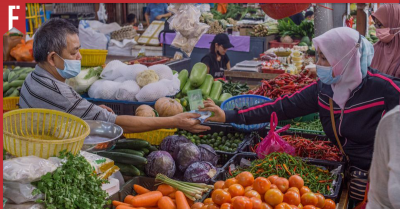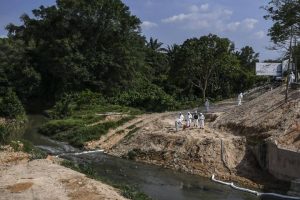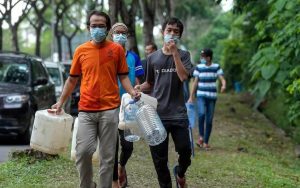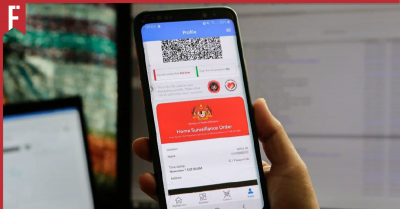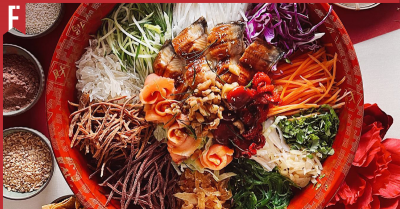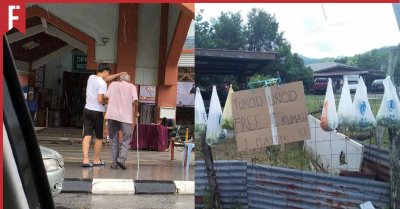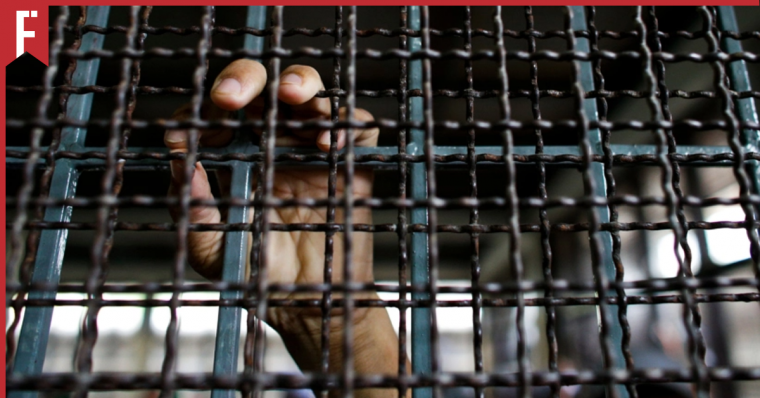
Earlier today, I realised something. Despite all the fuss and bother that it’s caused over the past few years, I personally don’t actually know much about the Rohingya refugee issue.
I understand the basics, of course. We’ve got the Rohingya — a group of refugees who want to move here because they’re fleeing a dangerous country. And how some Malaysians think it’s good because we’re helping people, while others think it’s bad and they should just go home. But most of us just shrug and move on with our lives.
“It’s not my problem,” we say. “Let someone else handle it.”
Unfortunately, if you ignore a problem for too long, it might just decide to blow up at the most unexpected moment.
Rohingya 101
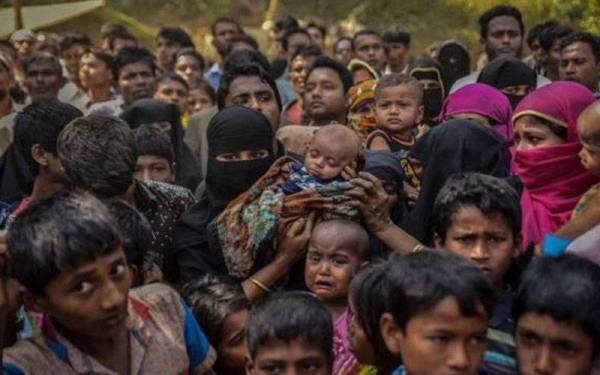
Known as the world’s most-persecuted minority, the Rohingya people are an ethnic group hailing from the state of Rakhine on Myanmar’s west coast.
Unfortunately for them, the Rohingya happen to be a Muslim-majority people whereas Myanmar is a majority Buddhist country. To put it simply, the Myanmar government really doesn’t like them. In 1982, they even passed a citizenship law which denied the Rohingya people citizenship!
Because of this, the Rohingya are considered non-citizens — they lack basic rights and are considered stateless.
Even today, the Myanmar government considers the Rohingya to be illegal immigrants. They have no access to social services or education and are restricted from moving outside the state of Rakhine. There are even laws controlling Rohingya births and marriage which prevent Rohingya families from getting married or having more than two children.
After all this persecution, it should come as no surprise that many Rohingyas want to leave.
In 2015, thousands of Rohingya traveled to Southeast Asian countries such as Malaysia on rickety boats — earning them the nickname ‘boat people’. The UN High Commissioner for Refugees described the situation as a “massive humanitarian crisis” as no government was willing to take them in.
It is estimated that at least 25,000 people were involved in this migration, with hundreds perishing along the way due to sickness, starvation or violence.
So Why Did They Come to Malaysia?
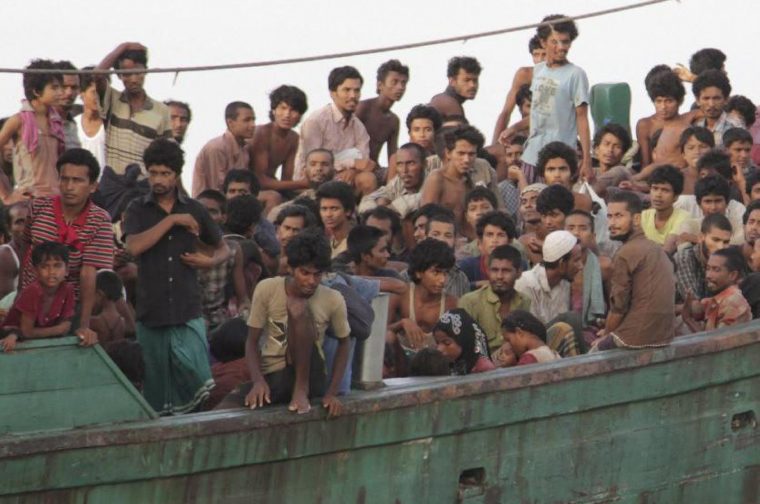
Many of the Rohingya refugees chose to travel to Malaysia because of a perception that we offer better healthcare, education and employment opportunities compared to countries like Myanmar and Bangladesh.
As of March 2022, the UN Refugee Agency believes that there are around 103,810 Rohingyas living in Malaysia, most of which are staying in KL and Selangor.
Sadly, while their situation may be better than before, Rohingya refugees in Malaysia are still considered to be illegal migrants, which makes it harder for them to find a living.
To make matters worse, the COVID-19 pandemic led to a rise in local xenophobia in 2020 as certain individuals began blaming refugees for the increasing number of COVID-19 cases in Malaysia. Even the government began joining in, with Defense Minister Ismail Sabri Yaakob warning that “the Rohingya should know, if they come here, they cannot stay”.
Needless to say, tensions have been growing. But I doubt that anyone could have expected the results.
The Great Escape
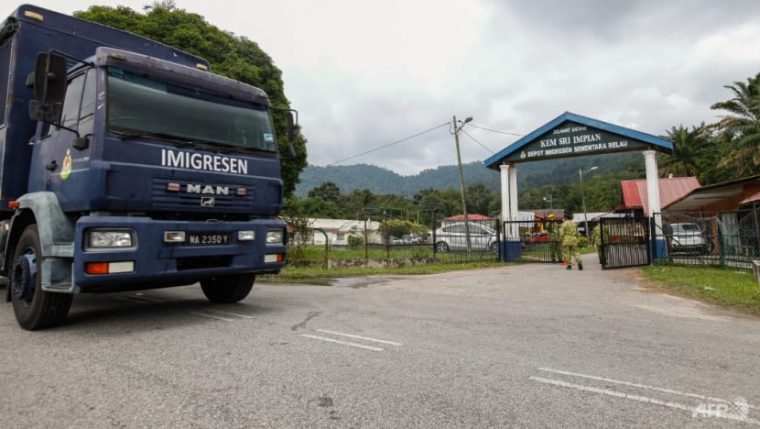
On 20 April 2022, more than 500 Rohingya refugees who were incarcerated at the Sungai Bakap Temporary Detention Centre in Kedah, decided to make a break for it.
What began as a small protest turned into a massive riot. The detainees broke down the main door and grilles before fleeing into the night. According to Kedah Police Chief Commissioner Wan Hassan Wan Ahmad, at the time of the incident, there were only 23 immigration officers on duty. Although none of them were injured, there were simply too few of them to contain the situation.
Once the gates were open, no less than 528 Rohingya detainees escaped. The escapees included not just men but women and even children — including one as young as a year old!
Tragically, they weren’t able to enjoy freedom for long.
The Bloody Taste of Freedom
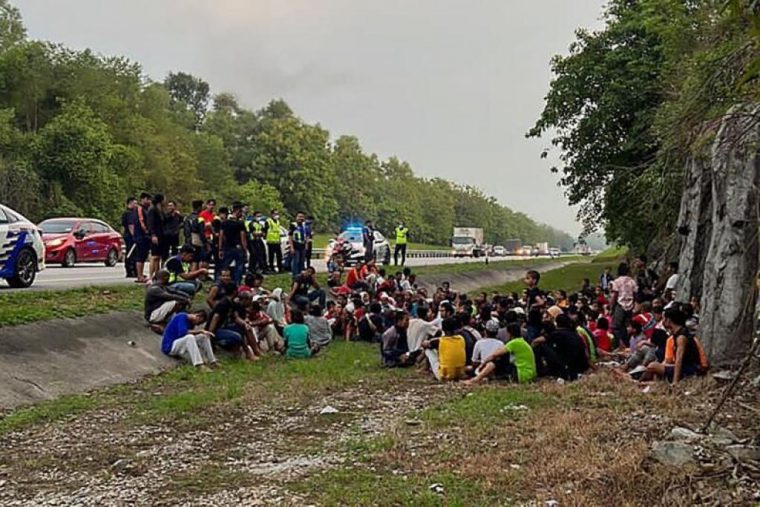
As the Rohingya ran away, some of them encountered local villagers at Kampung Sungai Kechil, who called the police in alarm after seeing hundreds of strangers suddenly passing through their area.
“When they were passing by the village, many of us came out of our homes after being drawn to the loud noise outside,” said local villager Atan during an interview with the Malay Mail. “We immediately contacted the police as we were concerned for our safety. Some of them had asked for water to drink but out of fear that anything could happen, we declined their request.”
Atan described how some villagers tried to cordon off the area and stop the refugees, but they ran off towards the PLUS highway instead. While attempting to cross the highway, six detainees were hit and killed by passing vehicles.
“I saw a few of them trying to cross the highway but ended up being hit by vehicles. I saw the bodies of two children lying in the middle and four adults strewn on the side of the highway. It was chaotic.” said Atan. He added that because the area was still pitch dark, several vehicles got into accidents while trying to dodge the detainees.
“After seeing what happened to the six, they kept to the sides and ran off. All of them were caught after the police cordoned off the highway.”
How Could This Have Happened?
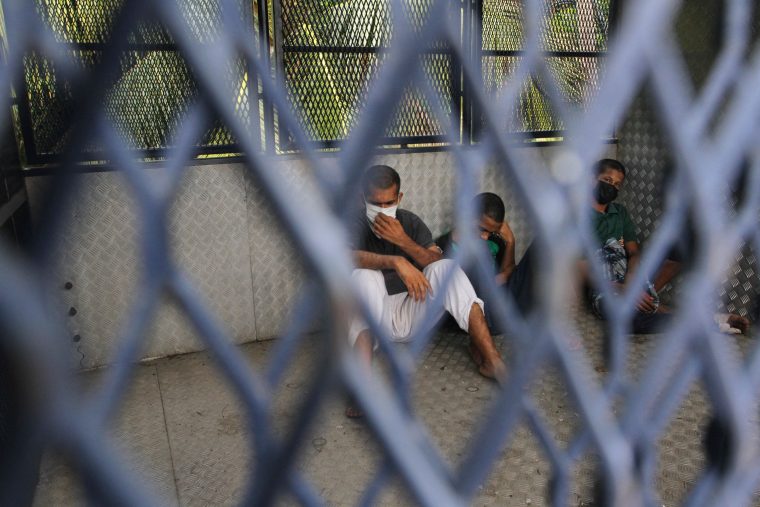
When asked about the reasons behind the initial protests, Commissioner Hassan reported that the incident was still being investigated.
“There might be an element of unhappiness (leading to the protest),” he said.
While the exact details are still unknown, the Malaysian Advisory Group on Myanmar (MAGM) has called for an independent probe after unconfirmed reports that the protest was triggered due to the death of a Rohingya detainee who had not been given proper medical treatment after getting sick.
“The Rohingya refugees who sought refuge in Malaysia have been subjected to prolonged detention and poor conditions that forced them to flee once again. Not only is the situation distressing, it is inhumane,” wrote MAGM Chairman Tan Sri Dato’ Seri Syed Hamid Albar.
While the riot and escape was certainly new, the Rohingya refugees’ treatment is sadly not so surprising. Over the past few years, Malaysia’s record when it comes to taking care of refugees — or immigrants in general, really — has been… sketchy, at best.
“Oopsie!”
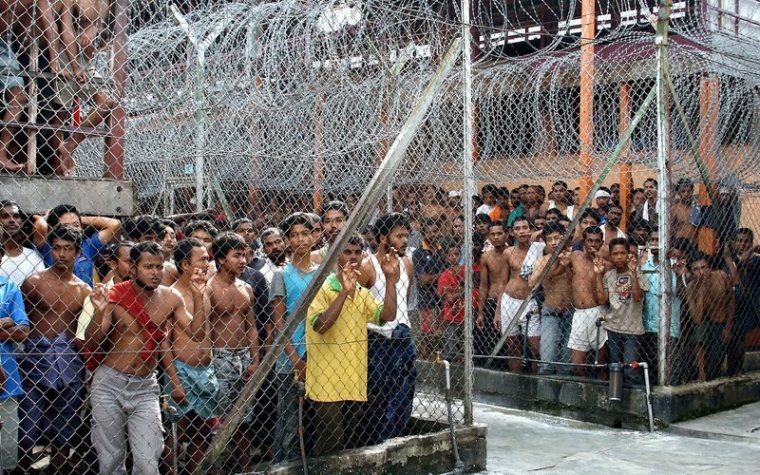
To put things in perspective, this isn’t the first time people have died in these detention camps. In March 2022, Deputy Home Minister Datuk Seri Ismail Mohamed Said reported that no less than 208 people have died in immigration custody between 2018 and 2022.
Out of these 208 deaths, only 25 have been due to COVID-19!
Some of the other listed causes of death include:
- Septic Shock
- Tuberculosis
- Severe Pneumonia
- Lung Infection
- Heart Complication
- Dengue
- Diabetes
- Beathing Difficulties
- Organ Failure
I’m sure that these were all completely normal issues that couldn’t be prevented. After all, we all know things like “death by organ failure” can happen even if you’re perfectly healthy and well cared for.
“The government is always committed to providing the best services to detainees at the immigration depots by providing care and protection to them whilst in detention,” said Said, a statement which was surely reassuring to human rights activists everywhere.
Strangely enough, these frank admissions could actually be considered an improvement. In the past, our government was so determined to avoid being criticised for our treatment of migrants that in August 2020, the KL offices of Al Jazeera were raided and two computers were seized after they published a documentary about the alleged mistreatment of foreign workers during the COVID-19 pandemic.
At least now they’re willing to admit that their treatment of migrants may not have been absolutely perfect.
Has our government learned to grow up and accept some responsibility for their mistakes? Or did they just assume that most Malaysians wouldn’t actually care about refugees dying in some isolated camp in the middle of nowhere?
Does the Rakyat Actually Care About the Rohingyas?
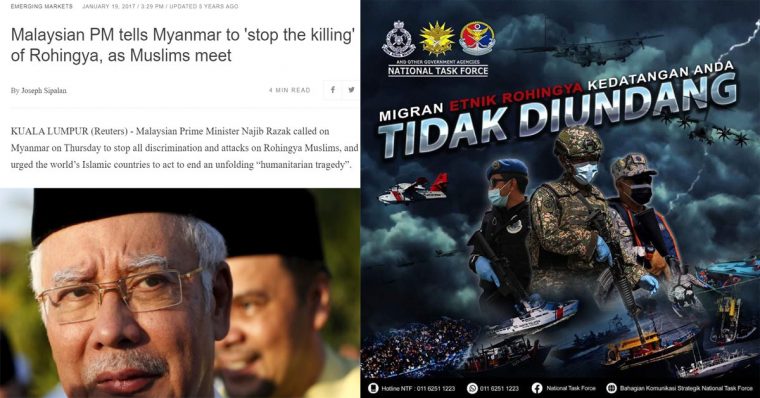
Ever since the start of the pandemic, it feel like the average Malaysian has grown to care more about their neighbours. Over the past few years, slogans like #KitaJagaKita have grown more popular and activities such as the Bendera Putih (White Flag) movement have emerged to help ordinary Malaysians in need.
But at the same time, it feels like more and more Malaysians are blaming migrants and refugees for everything and anything that might be going wrong.
In 2020, Facebook pages with names such as the “Anti Rohingya Club” and “Foreigners Mar Malaysia’s Image” began gaining thousands of members. In a viral post that was shared over 26,000 times before being taken down, a man claiming to be from the Military Royal Intelligence Corps declared that undocumented migrants “will bring problems to all of us”.
“Let us not suffer the cancer of this ethnic (group)” said another viral post that was eventually taken down. This one came from “Friends of Immigration”, a group that — ironically enough — claimed that it was being run by current and former immigration officers.
Surely We Can Do Better
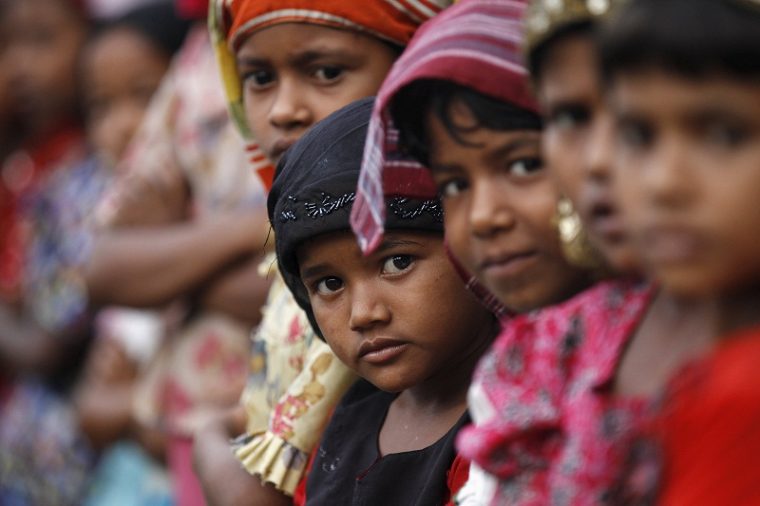
Right now, everyone is still shocked about the Rohingya’s escape attempt.
“How could this have happened?” we ask. “Why did they all try to run?”
Some of us might even ask “How can we stop this from happening again?”
If your answer to the above involves something like “lock them up more” or “just kick them out of the country”, I’d like to ask you to turn around, go home and rethink your life choices.
I’m not saying that we need to give all these refugees luxury apartments or anything, but surely we can do better than this. How long were we planning to keep them in there anyway? We’ve already had babies literally being born in a detention camp — are we supposed to just keep them in there forever?
Also, who exactly is paying for all of this? I don’t know about you, but personally I’d prefer for my tax money to go into helpful things like schools, hospitals or highways rather than keeping kids locked up in a cage for the crime of “following their parents to another country”.
Malaysians have already shown that we can be compassionate and caring with each other. Surely we can extend that — even a little bit — to help others in need, regardless of their origin.
To learn more about Malaysia’s treatment of refugees, check out:
Where’s Your #KitaJagaKita Spirit When It Comes to Refugees?



